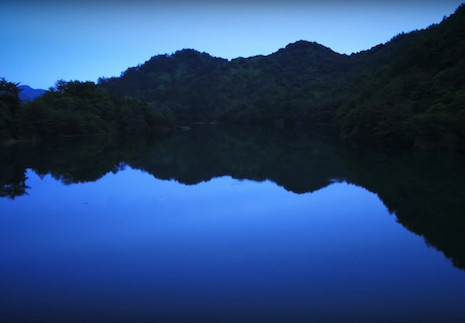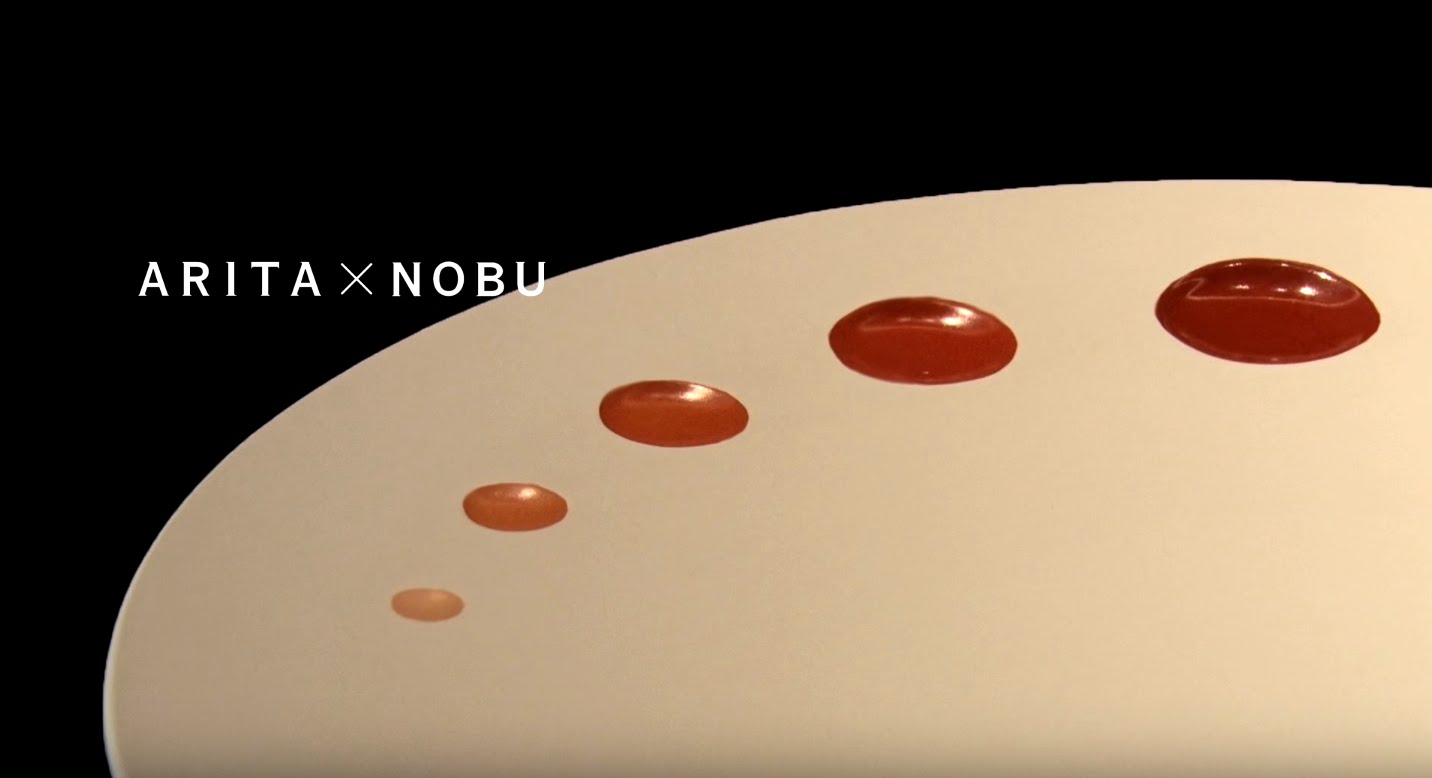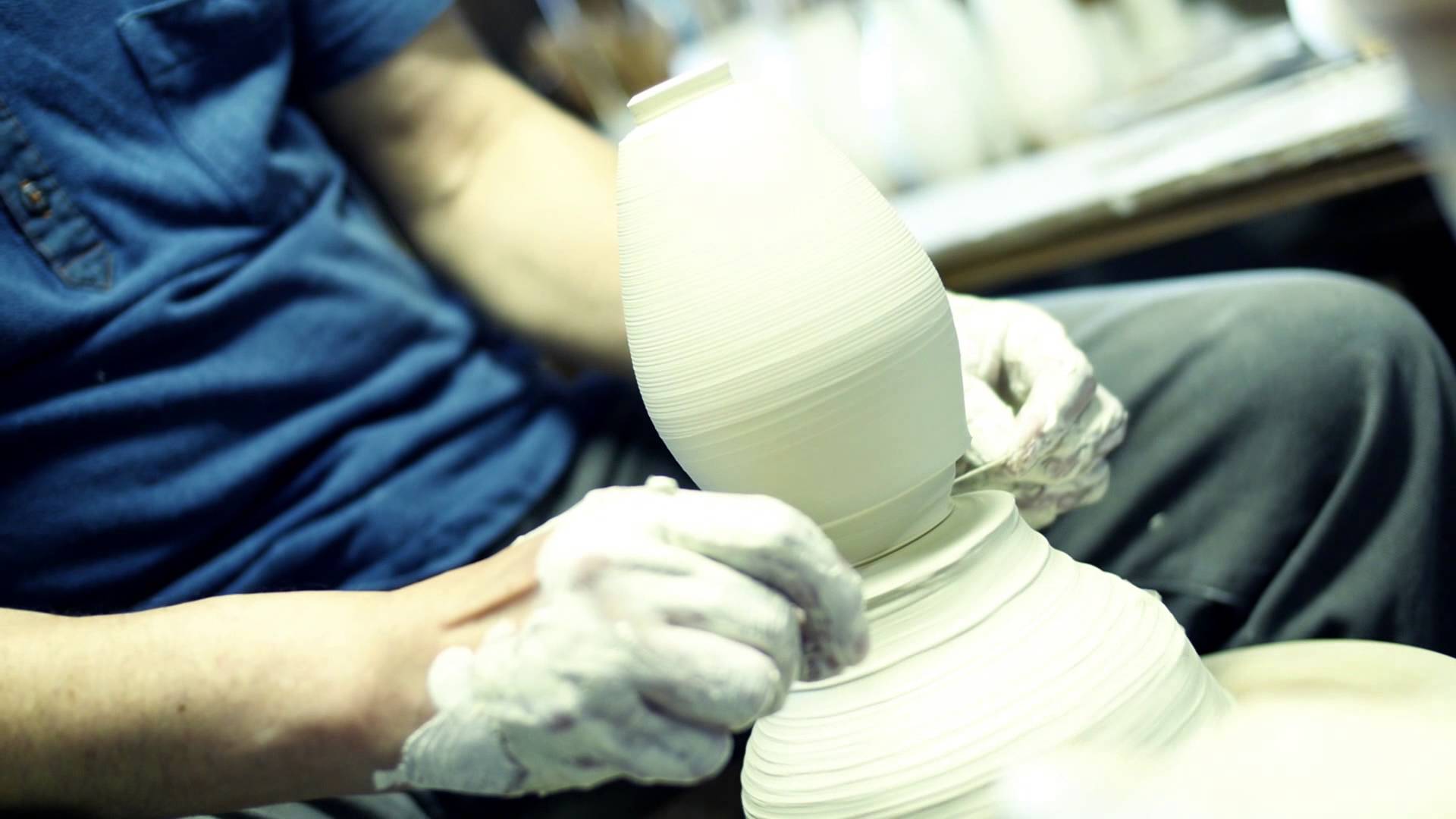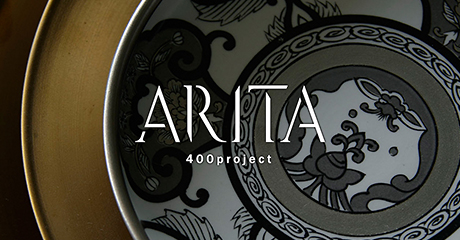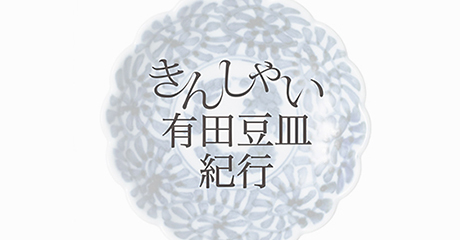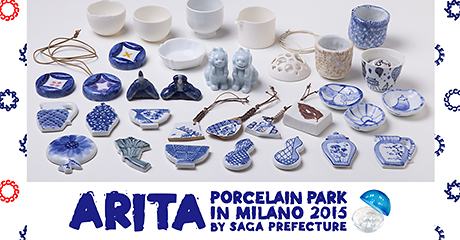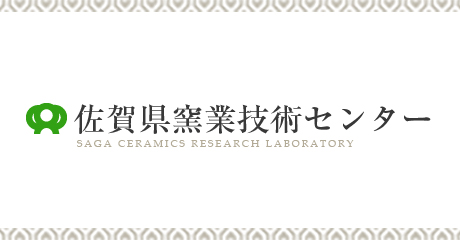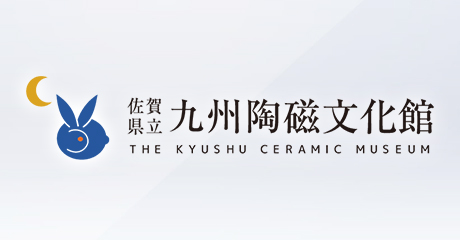1637: Eviction of Japanese potters and establishment of control system by the domain
Yi Sam-pyeong, the founder of Arita porcelain, was a leader of a group of potters relocated from the Korean Peninsula. When he discovered the kaolin clay of Izumiyama in Arita and succeeded in stable production of porcelain, he was granted a Japanese name, Kanagae Sambei, by the lord of the Nabeshima domain.
The Kanagae Family records and documents, passed down for generations within the family, tell the story of how during the Keicho Period War, Yi Sam-pyeong guided the troops of Nabeshima Naoshige. When the lord and his army withdrew to Japan, fearing for the safety of Yi Sam-pyeong and his fellows – they might suffer retaliation by the local people for having helped their enemy – he took Yi Sam-pyeong, the potter and his family back to Japan.
Arita before the arrival of Yi Sam-pyeong was a quiet rural place, but no sooner had porcelain production started than the fledgling industry attracted many potters from other regions, and Arita became home to the thriving Arita Sengen area. At that time, since porcelain ware was extremely valuable and commanded high prices, the local potteries and merchants dealing in Arita porcelain prospered remarkably. This did not escape the eye of the Saga domain and they too flourished from the unjo-kin business tax revenues.
However, as porcelain production was now well under way, the surging production volume caused a rash of problems. To fire porcelain ware, the kiln must be heated to a high temperature of 1,300ºC for 3 days and 3 nights, which requires a large quantity of firewood, and as many potters had moved to Arita, the increasing production volume and demand for firewood devastated the local mountain forests.
Reckless felling of trees caused landslides and the flooding of rivers, which in turn ruined farming in the villages at the foot of the mountains and on the plain fields. For administrators, forestry conservation and flood control was as important as maintaining the porcelain industry. In 1637, to prevent the overcutting of trees, the Saga domain ordered the chief retainer Taku Mimasaka-no-kami to evict Japanese potters. The number forced out actually reached 826, giving a glimpse of the severity of the domain’s control. Only potters of Korean origin and their relatives were allowed to stay, and the number of kiln sites was also reduced to only 13 areas in the center of the present-day Arita.
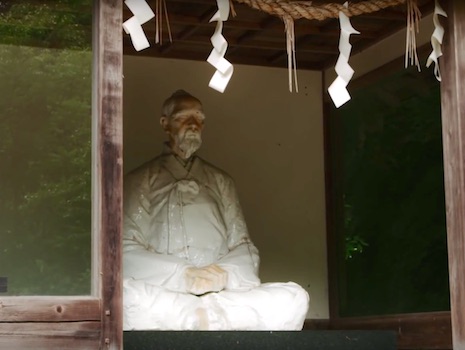
This measure effectively remedied the overcutting of trees, but the potteries who lost many skilled potters now experienced a shortage of labor, leading to a decline in both the production volume and business tax revenues. Shortly after, a large number of potters were allowed to return, and business tax revenues also increased, but once again, concern about devastation of the mountain forests was raised from the Saga domain residence in Edo, and in 1647 a proposal to evict potters was raised again.
To avoid eviction, the local domain suggested an increase of the business tax. Although local potteries fiercely opposed the tax hike, Yamamoto Jinemon, a retainer of the Saga domain, was successful in talking them round, and as a result, in the following year 1648, the business tax collected by Yamamoto doubled to about 77 kan and 688 monme of silver (about 155 million yen in today’s money*1) from the previous 35 kanme of silver.*2
In this way, Yamamoto Jinemon, as the first Sarayama local governor, contributed to the development of the porcelain industry in Arita in the early Edo period. The eviction of Japanese potters by the domain, and the business tax hike could be interpreted as the oppressive measures of a feudal lord; however, there is every possibility that without such stringent measures at the initial stage of the porcelain industry, the later development of Arita would never have happened. Without such a structure to manage the production centers of raw materials and fuel, and the potters and product quality, not only would the industry have failed to grow to the current level, but it is also possible neither the porcelain industry, nor the town of Arita would exist today.
- *1 Calculated based on 1 monme of silver (early Edo period) = 2,000 yen, from the Bank of Japan Currency Museum website
> “FAQ on History of Currency”
> Q5. How much is the present-day value of one ryo in the Edo period? - *2 Arita Town History Compilation Committee, “Arita Town History: Porcelain Industry I” 1985, Arita Town
In 1647 Yamamoto Jinemon was appointed as the first local governor of the Sarayama area and his arrival in 1648 in Arita to take up his new post signaled a concerted initiative by the Saga domain to manage porcelain production in Arita Sarayama.
